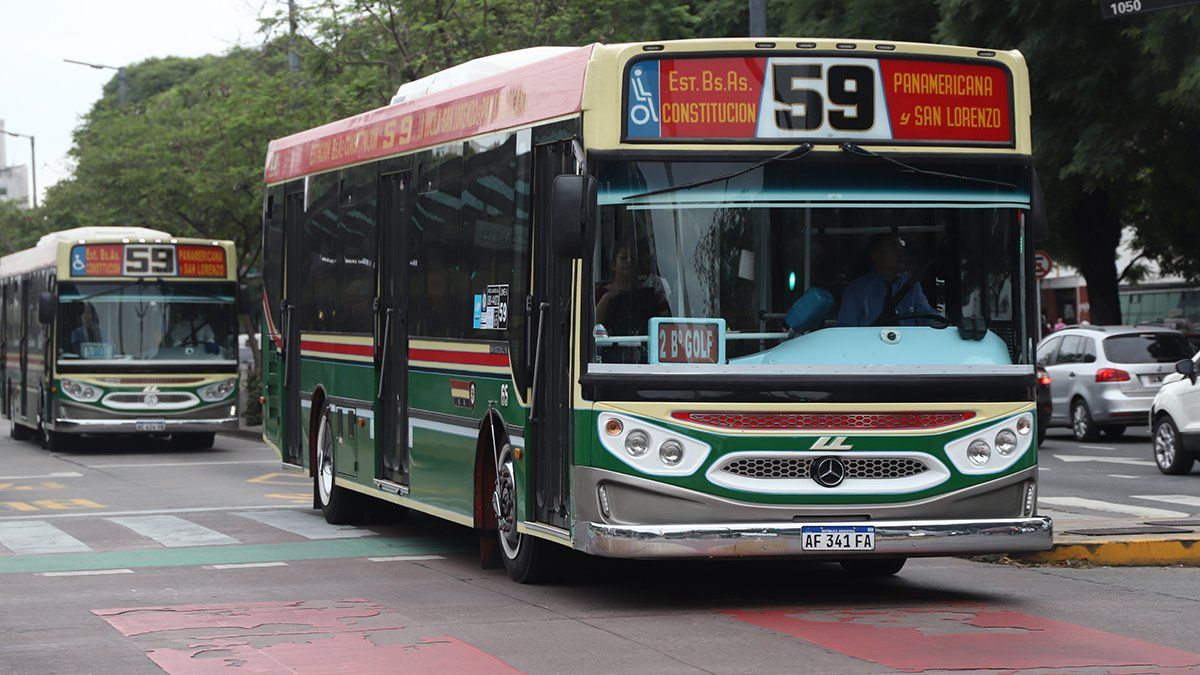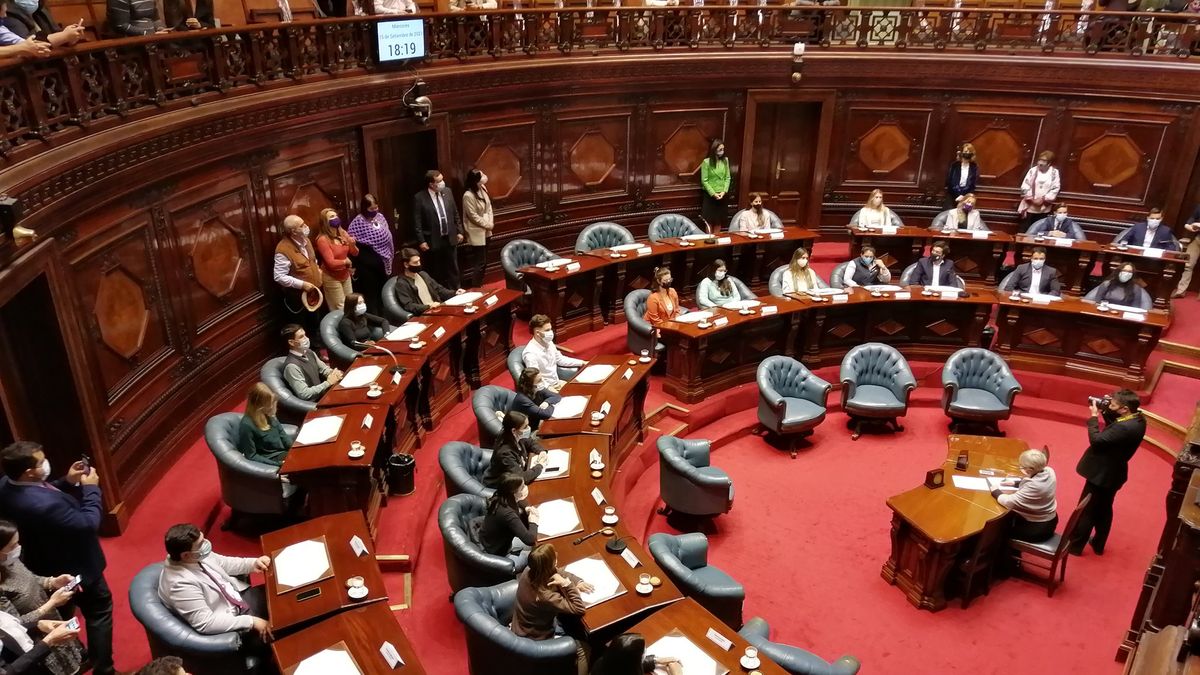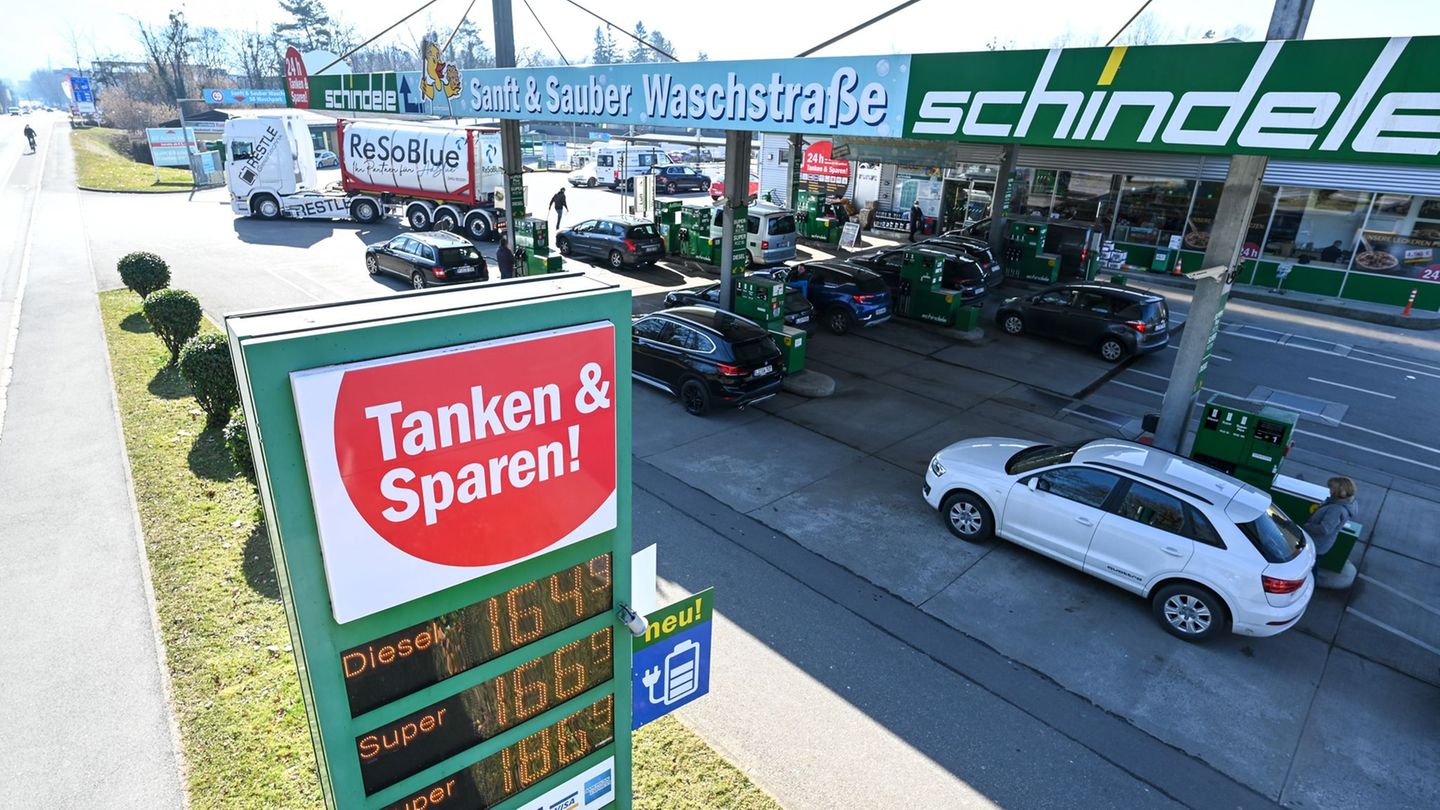Expenditure on subsidies registered a reduction of 18.4% year-on-year in real terms, due to the drop in energy and water. On the contrary, it had a rise in the area of transportation, according to the latest report from the Interdisciplinary Institute of Political Economy (IIEP) of the University of Buenos Aires (UBA). However, the paper anticipates the risks of the impact of inflation in a new rate delay, and therefore the effect on spending. It is the energy subsidies where the International Monetary Fund (IMF) will put the magnifying glass to meet the annual goal of fiscal deficit, in a context of falling revenue due to the drought.
The main economic subsidies to the water, energy and transport sectors had an accumulated annual growth of 65.6% in February, compared to the same period of the previous year. Taking inflation into account, the real variation indicates that spending on subsidies fell 18.4%. The work carried out by the IIEP Observatory of tariffs and subsidies shows the differences according to the items.
In the case of water, subsidies in the first two months of 2023 were $2,522 million, a drop in real terms of 36.3%. In energy, the accumulated drop so far this year is 28.2%. The strongest drop was due to Cammesa’s expenses, of $134,188 million, a drop of 50.9%. Also because the gas plan I, II, III and resolution 46 of unconventional gas that implied expenses the previous year were not applied. Where an increase in expenditures is observed was in the ar gas plan launched by the Ministry of Economy with Sergio Massa at the helm, which involved subsidies for 1,973 million (+118.6%), and for the expenses of Enarsa, of $89,000 million (+213.5%), due to the advancement of imports due to the international drop in prices.
With the drops in water and energy subsidies, the item where there was an increase in real terms was transportation, where it grew 19.5% in the first two-month period, compared to the same period of the previous year. The explanation lies in the increases registered in the administration of railway infrastructures, and in what is allocated to the railway company, although the greatest expense occurs in the trust fund of the transport infrastructure system: $52,040 million (+126.3%) . This fund is the one whose purpose is to finance the coverage of subsidies for motor transport of passengers, explains the report.
However, the report also makes a caveat, which is observed in the case of Cammesa: the company that manages the electricity market earned zero pesos in January, while in the same period of the previous year it had positive earnings. “This situation finds a seasonal explanation (in January there are low committed payments compared to the rest of the year),” he details. These differences between what is accrued and what is actually paid explain the contribution of subsidies to the floating debt. In the last 24 months, it increased by $486,802 million in nominal terms.
For this reason, the economist Julian Red, specialized in energy issues, explained that although this drop in real terms of subsidies is novel, the first two-month period may not be very representative. “By the middle of the year we will be able to have a slightly clearer picture of the real decline or rise,” he said.
In addition, going forward it could impact inflation, estimated at more than 100% for 2023 by the consultancies that relieve the Central bank. This is due to the rate evolution in real terms: between January 2019 and August 2023, the residential rate for average consumption fell 64%. Since then, the average fee for Tier 2 (low-income) and Tier 3 (middle-income) users has continued its downward trajectory to date, while the final bill for N1 (high-income) users has increased since the implementation of segmentation, and is at 2019 levels.
“If there is no increase in rates in the remainder of the year, a reduction in the bill in real terms is expected for the three levels of residential users,” anticipates the work of the UBA. The Government defined last year that the rise in rates would be less than the variation in wages of the previous year: up to 80% in the case of high incomes, and up to 40% in the case of medium incomes. “The parameters were based on formal salary increases of 90% average, but the costs go to 100%, so you have a double real delay in any of the two segments, so the big question is what they are going to do this year, above all because there are elections”, said Rojo.
In addition, the IMF in its last quarterly review agreed to make the reserve target more flexible, but in exchange requested “continuous controls on spending” through the targeting of energy subsidies. In the statement, it added that “the authorities plan to continue implementing the agreed segmentation scheme, eliminating subsidies for higher-income residential users starting in May and for commercial users by the end of 2023.”
One of the variables that the Government looks at when analyzing rates is the condition of “energy poverty”, and that bills do not represent more than 10% of household spending. Currently, for people with a social rate and medium income, the relationship between the final invoice and salary is 1%, measured from the Average Taxable Remuneration of Stable Workers (RIPTE). In the case of those with high incomes, it is at 1.8%. The highest value in recent years was in 2019, when it had reached 3%, the work indicated.
Source: Ambito




